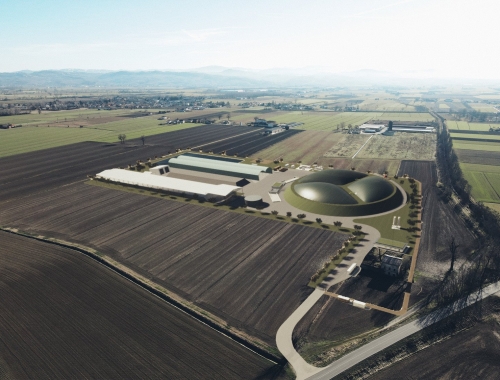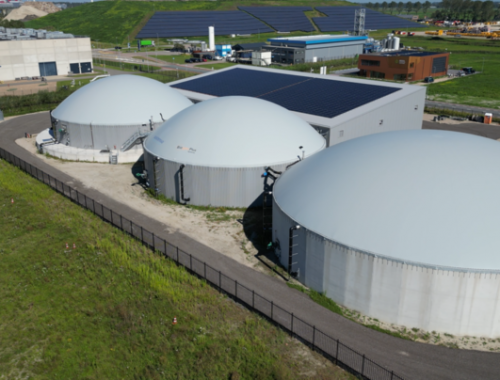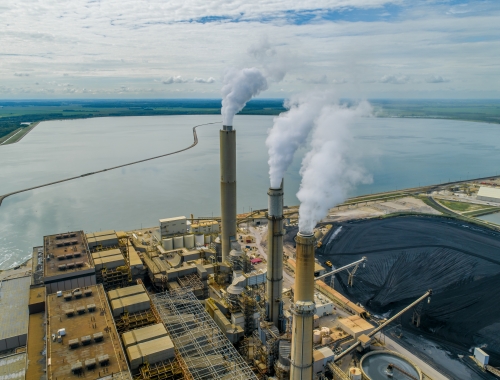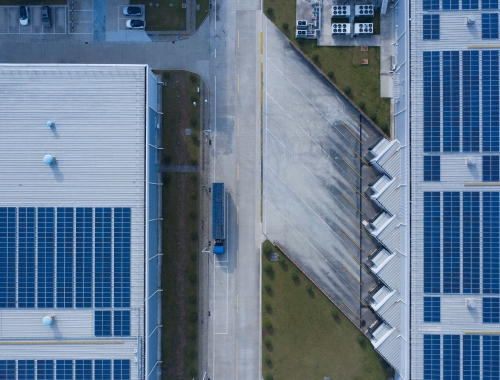Exxon plans $15bn spend on emission abatement
SUMMARY
The US major said it expects to see a big reduction in methane and flaring intensity.
By Gas PathwaysUS major Exxon Mobil said December 1 it was committing $15bn over the next six years toward projects that would cut greenhouse gas emissions.
“Our strategy is designed to create shareholder value by leveraging our competitive advantages while maintaining flexibility to respond to future policy changes and technology advances associated with the energy transition,” CEO Darren Woods said.
With its targeted spending on low-carbon initiatives, Exxon expects upstream greenhouse gas emissions intensity to decline by as much as 50% through 2030, compared to 2016 levels.
The company said it anticipates ending the year with a 15-20% reduction in greenhouse gas intensity from upstream operations. If realised, that reduction would come four years ahead of schedule.
“This is supported by an anticipated reduction of 40-50% in methane intensity and 35-45% in flaring intensity compared to 2016,” the company added.
US president Joe Biden proposed new rules for methane emissions from the oil and gas industry. But using data from the World Bank, the US Energy Information Administration and elsewhere, the Texas Independent Producers and Royalty Owners Association (TIPRO) found that methane and flaring intensity from the Permian shale basin was already on a downward trend.
Exxon has faced pressure from activist investor Engine No 1, which has questioned corporate spends on such things as LNG projects in Mozambique and other fossil fuel endeavours.
In its earnings report for the third quarter, Exxon said it anticipated the rollout of “financially accretive” projects in its low-carbon business segments.








